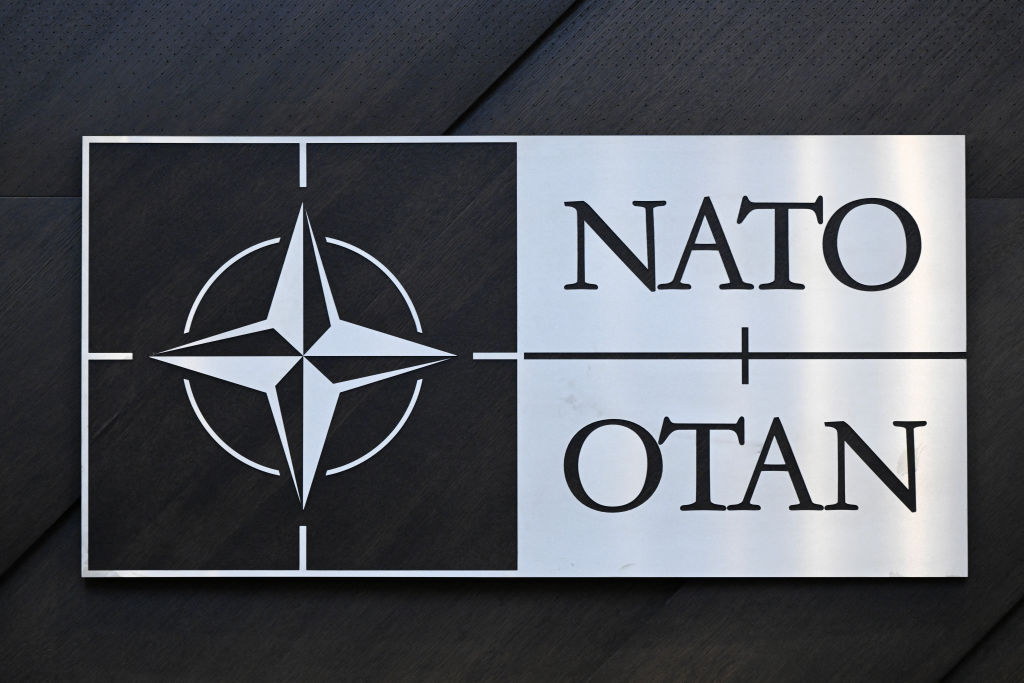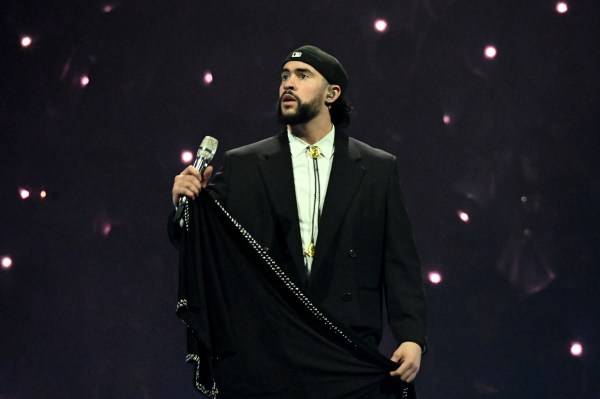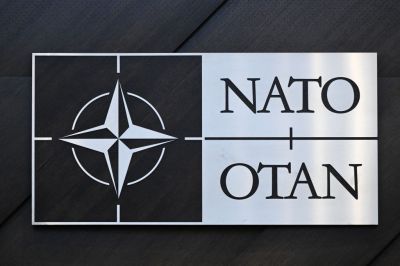Former President Donald Trump caused ripples through the Northern Atlantic Treaty Organization (NATO) alliance earlier this month when he recounted telling the “president of a big country” that if they are “delinquent” on their “bills” to NATO, he would not protect the unnamed country from Russia. Instead, Trump said he would encourage Russia to “do whatever they hell they want.”
But NATO funding is not as simple as paying dues in exchange for collective military protection.
What needs funding in NATO?
NATO was created by the United States and western-European allies in the wake of World War II to counter the threat of the Soviet Union. The preeminent value of NATO is Article V, which states that any attack on a member country “shall be considered an attack against them all.” Though Article V does not define what the response from each member country ought to be, it does demand a response, which could range from sending supplies to joining in a military operation. Even if Article V is invoked, individual states are responsible for their own response. For the U.S., Congress maintains the constitutional power to declare war and make necessary military appropriations.
Article V has only been invoked once, on behalf of the U.S. in its war in Afghanistan after the 9/11 attacks.
NATO’s collective security assurance hinges on member states being willing to provide support. Members rely on the military power of the collective member-states to be robust enough to withstand a potential attack on any given member.
NATO relies on two funding mechanisms: direct contributions and indirect contributions.
What are direct contributions?
Direct contributions fund NATO-specific operations—this includes “NATO-wide air defense or command and control systems,” for example, and other alliance-wide logistical needs. Totaling about $3.55 billion this year, this is the fund that keeps the NATO operational lights on. It accounts for about 0.3 percent of total NATO members’ defense spending.
In 2019, following pressure from Trump, the direct contributions cost-sharing formula shifted for funding NATO operations. Previously, the U.S. was responsible for contributing 22 percent of the fund to Germany’s 14 percent with other member countries contributing smaller amounts. In the current formula, effective through December 2024, Germany and the U.S. are responsible for 16 percent of the budget each, while the United Kingdom is responsible for 11 percent.
The rest of the budget is divided among other member states: Albania is responsible for 0.09 percent of the cost sharing program, the smallest portion of the 31 members. Proportions are decided by a formula based on member states’ Gross National Income (a measure of how much a nation’s citizens earn). The U.S. portion—approximately $568 million—is included in the annual National Defense Authorization Act (NDAA), Section 2502. There is no indication other member states have failed to pay these obligations.
What are indirect contributions?
Indirect contributions, on the other hand, are the largest portion of NATO member contributions. They are made up of the money member-states spend on their own militaries, which can be called upon for collective security.
Indirect contributions to NATO’s collective security are more fungible. Essentially, member states bolster their own military capabilities, and in doing so they bolster the collective security of the whole. At the Wales Summit in 2014, NATO states reiterated their commitment to collective defense and challenged member states to universally move toward spending 2 percent of their respective GDPs on defense, and 20 percent of their defense budget on major equipment (including research and development). The goal—though not a requirement—was for all member states to reach this threshold within 10 years, and NATO had no enforcement mechanisms.
This increased defense spending is not sent to NATO, nor are the particular uses micromanaged by the alliance. Instead, this is an agreement for member-states to bolster their own defense in order to more broadly increase the defense capabilities of the alliance.
Are other countries meeting NATO’s defense-spending aspirations?
Prior to Trump’s remarks earlier this month, only 11 countries had surpassed the 2 percent threshold—the U.S. and U.K., Poland, Greece, Estonia, Finland, Hungary, Latvia, Lithuania, Romania, and Slovakia. Since then, Germany announced an additional budget allocation that pushed its defense spending above 2 percent of GDP.
NATO Secretary General Jens Stoltenberg announced on February 14 that allies in Europe and Canada added more than $600 billion in defense spending since the 2014 agreement. In the same announcement, Stoltenberg predicted that 18 more member-states will reach the 2 percent threshold in 2024, though he did not clarify which members.
The United States defense budget is about 3.49 percent of its GDP, representing about $860 billion. This is more than twice as much as all other NATO allies combined. In 2023, this represented approximately 68 percent of the total amount of NATO’s operations budget and the amount all NATO members spent on defense. It is notable, however, that even in the case of an Article V declaration, the U.S. still commands its own military, and Congress would decide when and how to support NATO if called upon to do so. In late 2023, Congress included in the NDAA a measure requiring congressional approval before a president withdraws from NATO.






Please note that we at The Dispatch hold ourselves, our work, and our commenters to a higher standard than other places on the internet. We welcome comments that foster genuine debate or discussion—including comments critical of us or our work—but responses that include ad hominem attacks on fellow Dispatch members or are intended to stoke fear and anger may be moderated.
With your membership, you only have the ability to comment on The Morning Dispatch articles. Consider upgrading to join the conversation everywhere.